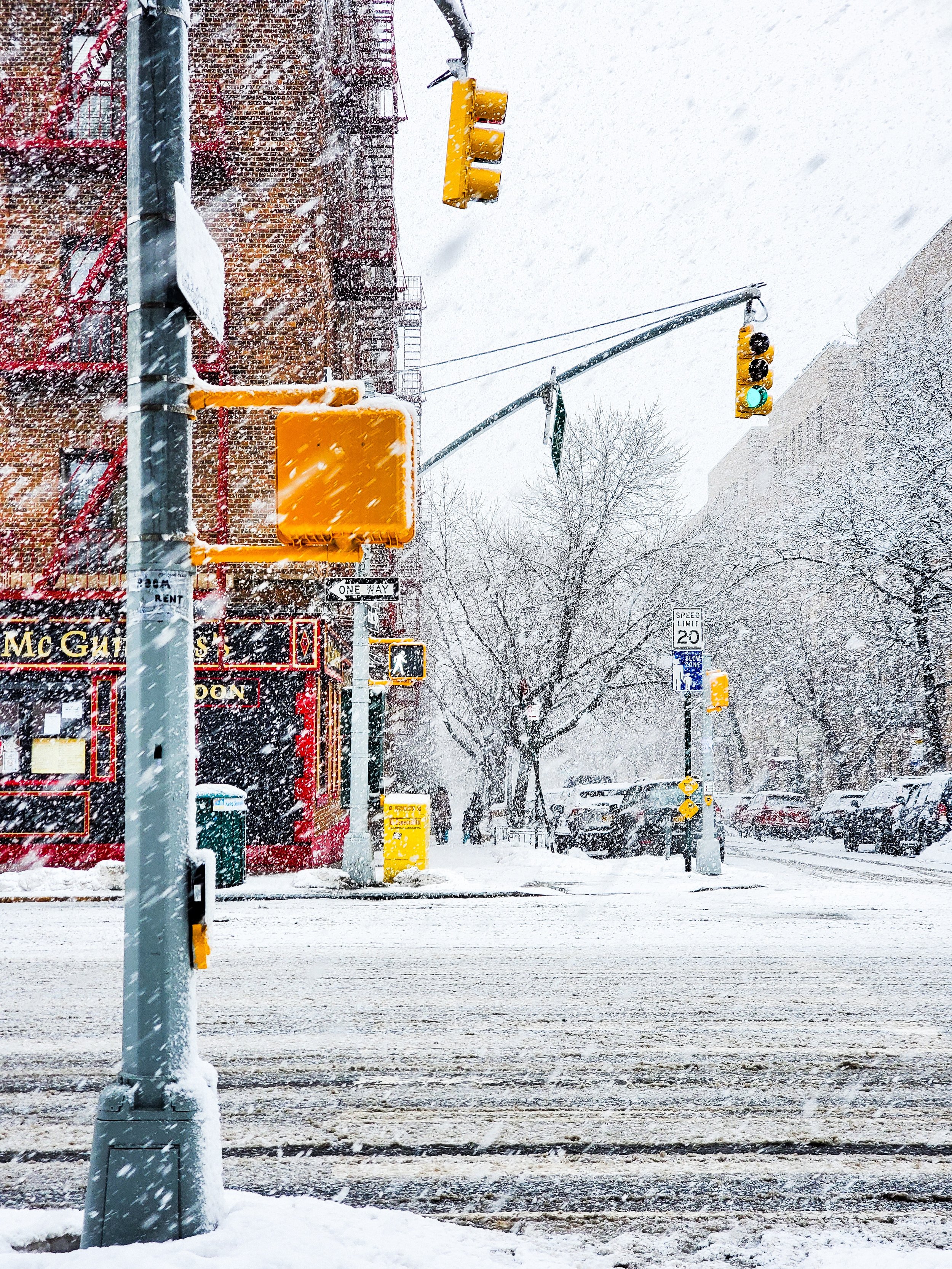In Kovel v. Glenwood Mgmt. Corp., 200 A.D.3d 460 (1st Dep’t 2021), the Appellate Division, First Department recently addressed a slight twist to the “storm in progress” rule in deciding whether a homeowner was exempt from liability where a tripping hazard from a tree well was concealed by an ongoing snowstorm. Indeed, this case supports the position that the “storm in progress” rule can protect a landowner from liability where an accident occurs during a storm, even where snow from a storm creates or conceals a potentially dangerous condition.
In Kovel, the plaintiff tripped and fell on a stone tree well border abutting a building owned by defendants. Notably, plaintiff’s accident occurred during a period of snowfall. Plaintiff claimed that her accident occurred because the border surrounding the tree well was an inherently dangerous condition. Moreover, she claimed it was not open and obvious because the stone tree well was covered in snow.
The trial court denied defendants’ motion for summary judgment. However, the First Department reversed, holding that the claims against the defendants must be dismissed. The court found that defendants established that the stone tree well border was not an inherently dangerous condition. Further, the court found that plaintiff failed to rebut defendants’ meteorological proof establishing that there was a storm in progress at the time of her fall. Accordingly, the court held that there was no duty to remove the snow at the time of the accident because “there is no basis to limit the storm in progress doctrine to only icy conditions.”

